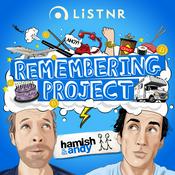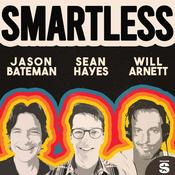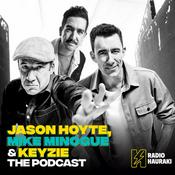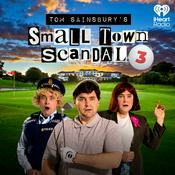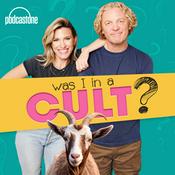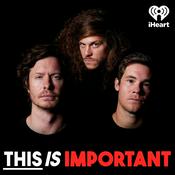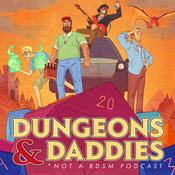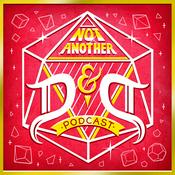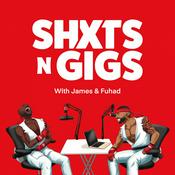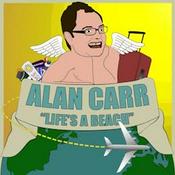356 episodes

Cosmic Rays from Everywhere and Stringy Ancient Galaxies
17/12/2025 | 42 mins.
The Parker Solar Probe flies through the Sun's corona, MAVEN has gone silent, and new data shed light on the origins of cosmic rays. JWST's observations of ancient galaxies reveal odd shapes that may be connected to dark matter. Join us for a year-end look at the latest discoveries and space news and much more.

Interstellar Star Scars and Poop on Mars
10/12/2025 | 38 mins.
We explore the dining and drinking choices for astronauts, complex chemicals discovered in asteroid samples, and untangling the web of scars in the local interstellar cloud to reveal past encounters of the Sun with some hot stellar neighbors. If you wish you had more hot stellar neighbors, you should definitely check out this episode of Walkabout the Galaxy.

Gravothermalizing and Baby Black Holes
04/12/2025 | 46 mins.
There's a new funky proposal for small black holes in the early universe, and another potential dark matter candidate. Learn about cannibal stars and much more, together with double trivia and space news with your friendly neighborhood astroquarks.

An Ancient Moon of Mars?
26/11/2025 | 43 mins.
The story behind this investigation is almost more cool than the discovery itself. Microlayers of sediments in Mars' Gale Crater, observed by NASA's Curiosity rover, are indicative of tidal sloshing of water in the lake that once filled the crater. Problem is, the age of the rocks and the magnitude of the tides would require a different moon than the ones currently there. Cool! Join us to hear about that, interstellar comet 3I/Atlas, and much more.

Why Is There A Universe At All?
20/11/2025 | 36 mins.
Things would be a lot simpler and a lot less interesting if charge parity existed in the universe, but there would be no one to appreciate that simplicity because we would not exist! New results from the Large Hadron Collider provide a hint at explaining why there is matter in the universe and it was not all eliminated in a dramatic annihilation of matter-antimatter collisions. So, that's a relief! And we have space news, meta-trivia, solar system news and more. Join us, won't you?
More Comedy podcasts
Trending Comedy podcasts
About Walkabout the Galaxy
Listen to Walkabout the Galaxy, No Such Thing As A Fish and many other podcasts from around the world with the radio.net app

Get the free radio.net app
- Stations and podcasts to bookmark
- Stream via Wi-Fi or Bluetooth
- Supports Carplay & Android Auto
- Many other app features
Get the free radio.net app
- Stations and podcasts to bookmark
- Stream via Wi-Fi or Bluetooth
- Supports Carplay & Android Auto
- Many other app features


Walkabout the Galaxy
download the app,
start listening.

